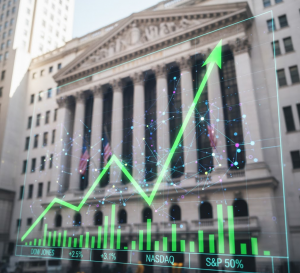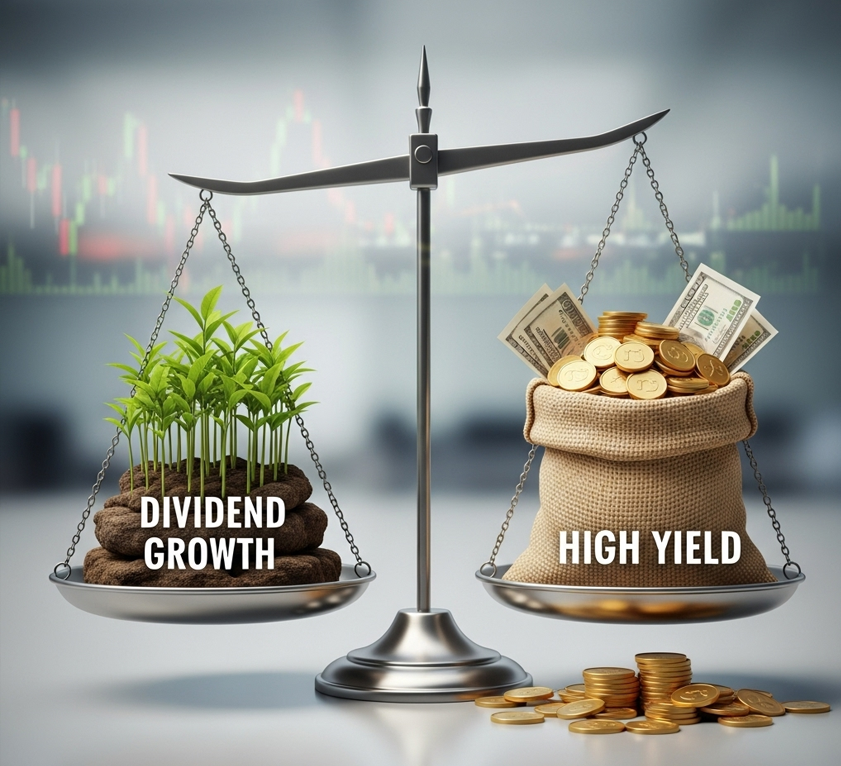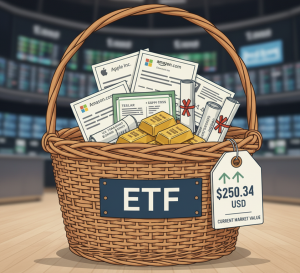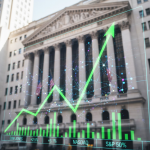Dividend Growth
In an investment landscape marked by persistent volatility and shifting interest rate environments, the appeal of dividend-paying stocks for long-term investors remains a subject of keen analysis. Recent expert commentary and market analysis from late 2024 and throughout 2025 indicate a nuanced approach is necessary, with no single dividend strategy universally crowned as superior. Instead, the optimal path often lies in a blend of strategies, tailored to an individual’s risk tolerance and financial goals. The prevailing expert opinion suggests a move beyond a simple chase for the highest yields, advocating for a focus on the quality and sustainability of dividend payments.
Three primary dividend strategies dominate the discourse among financial analysts: dividend growth investing, high-yield dividend investing, and the “Dividend Aristocrats” approach.
Dividend growth investing, as highlighted by multiple sources, centers on acquiring stocks of companies with a consistent history of increasing their dividend payouts over time. The thesis is that a rising dividend is a strong indicator of a company’s financial health, sound management, and confidence in future earnings. This strategy does not typically target the highest current yields, but rather focuses on the potential for a growing income stream and capital appreciation.
As noted by analysts, these companies often exhibit greater resilience during economic downturns. For instance, a recent analysis pointed to the historical outperformance and lower volatility of the S&P 500 Dividend Aristocrats—companies that have increased dividends for at least 25 consecutive years—compared to the broader S&P 500.
On the other hand, high-yield dividend investing attracts those seeking to maximize their current income. This strategy involves investing in companies that offer a dividend yield significantly higher than the market average. However, experts caution that an unusually high yield can be a red flag, potentially signaling a company in distress or a dividend that may be unsustainable. The risk of a “yield trap,” where a company cuts or suspends its dividend, leading to a sharp decline in stock price, is a significant concern. Recent commentary emphasizes the importance of scrutinizing a company’s payout ratio—the percentage of earnings paid out as dividends—to assess the sustainability of its high yield.
The “Dividend Aristocrats” strategy can be seen as a more refined version of dividend growth investing. By focusing on a select group of companies with a multi-decade track record of dividend increases, investors are inherently selecting for well-established businesses with stable cash flows. This approach provides a level of quality control and has historically delivered strong risk-adjusted returns. However, some analysts point out that by limiting the investment universe to these established players, investors may miss out on opportunities in faster-growing sectors, such as technology, where companies are increasingly initiating and growing their dividends but have not yet achieved “Aristocrat” status. ProShares S&P 500 Dividend Aristocrats ETF (NOBL)
Looking ahead to the remainder of 2025, financial experts are advocating for a balanced and discerning approach. The consensus leans towards favoring dividend growth and quality over chasing the highest yields, especially in a climate of economic uncertainty. The argument is that companies with the financial strength to consistently grow their dividends are better positioned to weather economic headwinds.
Furthermore, some analysts suggest a “core and satellite” approach. The “core” of a long-term dividend portfolio would consist of high-quality dividend growth stocks and “Dividend Aristocrats” to provide stability and a steadily increasing income stream. The “satellite” portion could then be allocated to carefully vetted high-yield stocks or dividend-paying companies in emerging sectors to enhance overall yield and growth potential.
In conclusion, according to a synthesis of recent expert opinions, the most prudent dividend strategy for long-term investors in the current market is not a singular approach, but rather a strategic allocation that prioritizes dividend sustainability and growth. While the allure of high yields is understandable, a deeper analysis of a company’s financial health and its commitment to consistent dividend increases is paramount for building a resilient and rewarding long-term investment portfolio.
Disclaimer: This article is for informational purposes only and does not constitute financial, investment, or legal advice. The information provided is a synthesis of publicly available data and expert analysis and should not be considered a recommendation to buy or sell any security. Investing in the stock market involves risk, including the possible loss of principal. Past performance is not indicative of future results. Readers should consult with a qualified financial advisor to determine an investment strategy that is suitable for their own personal financial situation and risk tolerance.


















